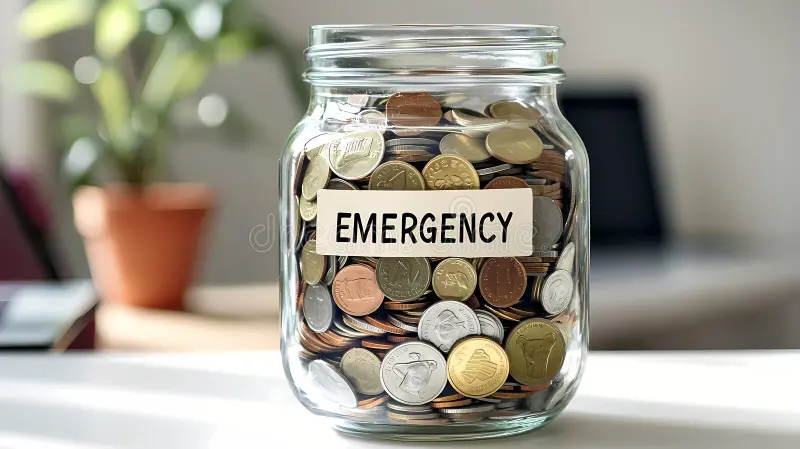Life is unpredictable. From medical emergencies to job loss or unexpected car repairs, financial shocks can strike at any time. That’s why having an emergency fund is one of the most important foundations of financial security.
In this article, we’ll explain what an emergency fund is, why it matters, how much you need, and the best ways to build and store it.
What Is an Emergency Fund?
An emergency fund is money set aside to cover unexpected, urgent expenses without relying on credit cards or loans.
It’s not meant for vacations, gadgets, or planned purchases. It’s for:
- Medical bills
- Job loss
- Urgent home or car repairs
- Unexpected travel (e.g., family emergencies)
- Unplanned but necessary expenses
It’s your financial safety net.
Why It’s Important
- Reduces stress during crises
- Prevents debt accumulation
- Gives you time to make smart decisions
- Helps you stay on track with long-term financial goals
- Offers peace of mind
Even a small emergency fund can make a big difference when life hits hard.
How Much Should You Save?
General Guidelines:
- Minimum: $500–$1,000 → Great starting point
- Standard: 3 to 6 months of living expenses
- More: 6–12 months if you have variable income or dependents
Example:
If your monthly expenses = $2,000 →
3 months = $6,000
6 months = $12,000
Start small and grow over time.
Where to Keep Your Emergency Fund
You need quick access—but also some separation from daily spending.
Best Options:
- High-yield savings accounts
- Money market accounts
- Separate bank account with debit access only
- Digital banks (with low fees and easy transfers)
Avoid:
- Regular checking account (too tempting)
- Cash at home (security risk)
- Investments (too volatile)
How to Build Your Emergency Fund
1. Set a Target Amount
Use a calculator or budget to estimate 1–6 months of necessary expenses.
2. Automate Contributions
Set up a weekly or monthly auto-transfer—start with $25–$100 per paycheck if possible.
3. Cut Unnecessary Spending
Redirect savings from subscriptions, eating out, or shopping into your emergency fund.
4. Use Windfalls and Bonuses
Tax returns, gifts, or work bonuses? Put a portion straight into your fund.
5. Track Your Progress
Use a savings app or spreadsheet and celebrate milestones (25%, 50%, 100%).
When to Use (and Not Use) Your Emergency Fund
Use It For:
- Lost income
- Unexpected medical or vet bills
- Essential car/home repairs
- Urgent travel for family reasons
Don’t Use It For:
- Vacations
- Holiday shopping
- Sales or non-urgent expenses
- Planned purchases (create a sinking fund instead)
Final Thoughts: Start Small, Think Big
Building an emergency fund doesn’t happen overnight—but every dollar you save gets you one step closer to peace of mind. Start with a small goal, automate the habit, and protect your future self from financial surprises.
Because when the unexpected happens (and it will), you’ll be glad you planned ahead.
